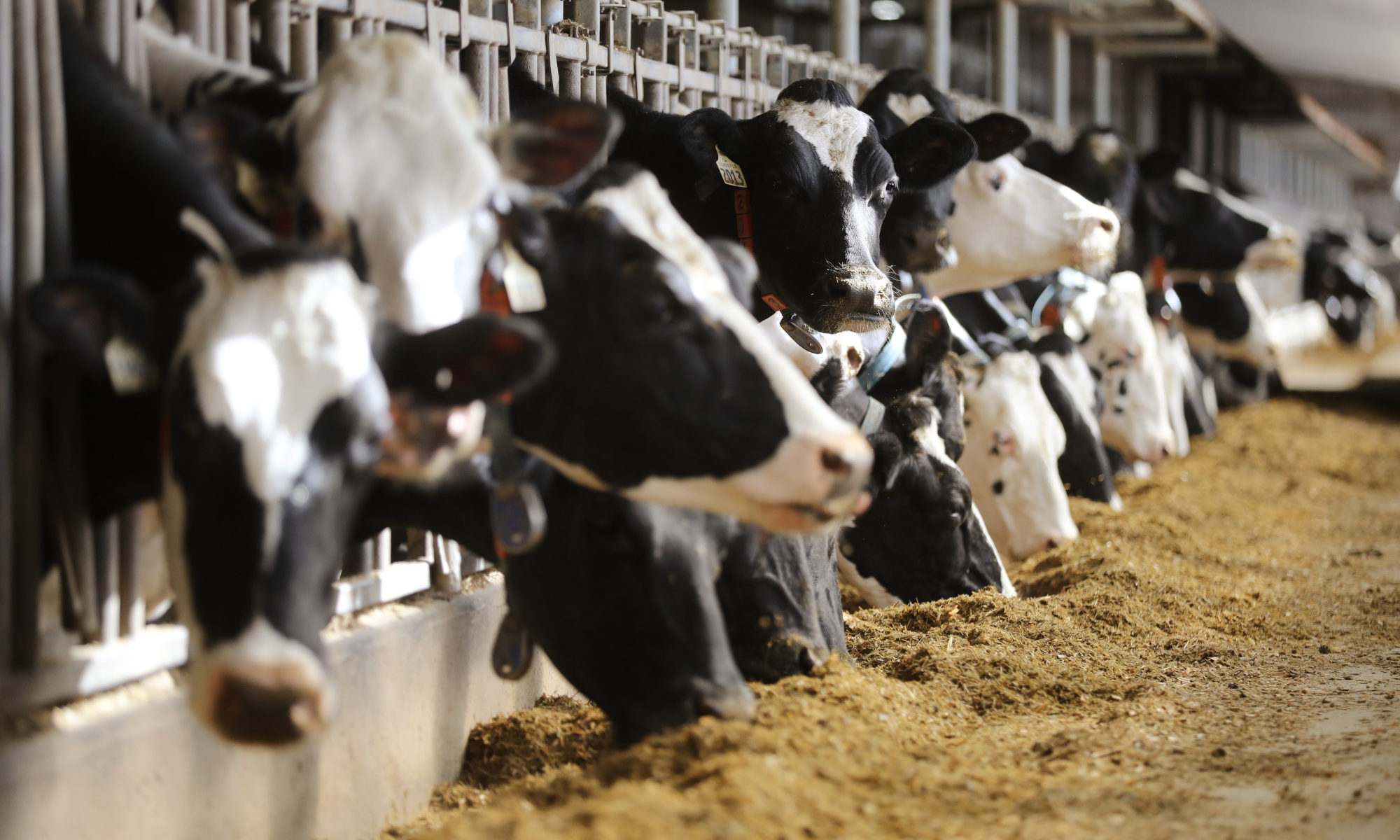When the Trump administration imposed tariffs on imported steel and aluminium from Mexico and China, both countries responded with 25% retaliatory tariffs including on dairy products. US Dairy trade to Mexico was worth USD 1.3 billion in 2017 and the China market was USD 577 million. The combined impact of the dairy tariffs is estimated at nearly USD 800 million and the assumption is that competing dairy exporters will fill the demand gap.
So what does this mean for Australian dairy exporters?
Demand for Australian dairy products largely comes from price sensitive countries, dominated by Japan, China and south-east Asia. Dairy is Australia’s fourth largest export commodity and one of our largest single agricultural sub-sectors.
Australia’s dairy exporters operate in a highly competitive international market characterised by subdued prices in recent years. Australia is one of the top five dairy exporting countries in a market that is dominated by the European Union and New Zealand, which hold over 70% of the global trade in dairy products.






